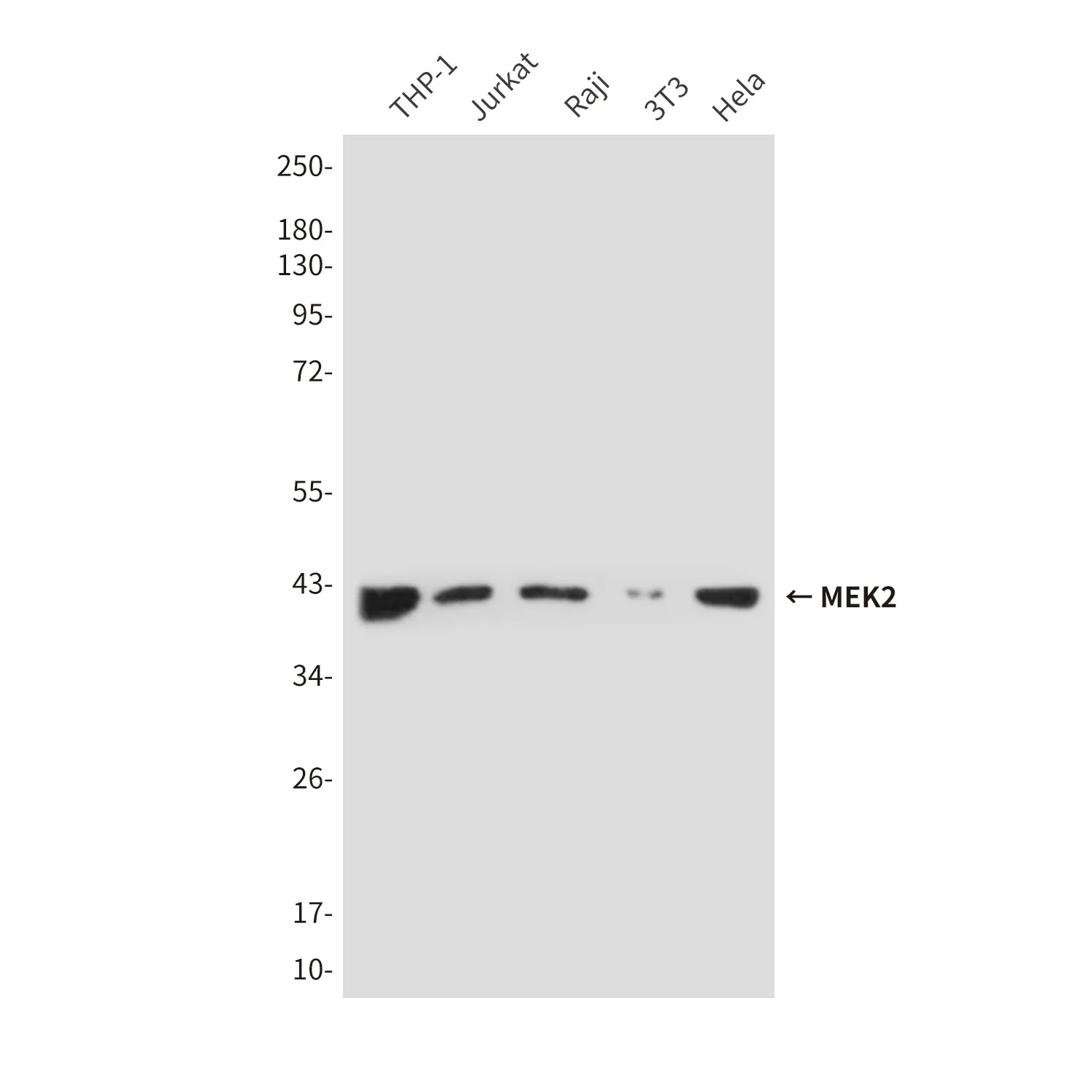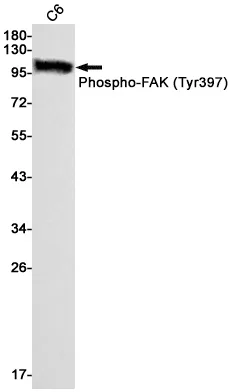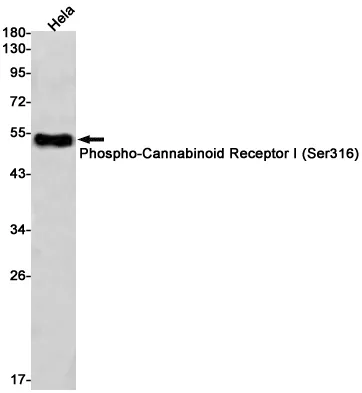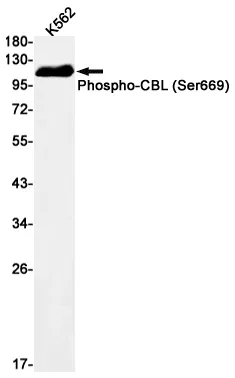Summary
Performance
Immunogen
Application
Background
Numb acts as a negative regulator of Notch signaling by promoting ubiquitination and degradation of Notch. The protein is asymmetrically segregated into one daughter cell during cell division, producing two daughter cells with different responses to Notch signaling and different cell fates. The localization of Numb can also be regulated by G-protein coupled receptor (GPCR) and PKC signaling. Regulates clathrin-mediated receptor endocytosis (PubMed:18657069). Plays a role in the process of neurogenesis (By similarity). Required throughout embryonic neurogenesis to maintain neural progenitor cells, also called radial glial cells (RGCs), by allowing their daughter cells to choose progenitor over neuronal cell fate (By similarity). Not required for the proliferation of neural progenitor cells before the onset of neurogenesis. Also involved postnatally in the subventricular zone (SVZ) neurogenesis by regulating SVZ neuroblasts survival and ependymal wall integrity (By similarity). May also mediate local repair of brain ventricular wall damage (By similarity).
Research Area




